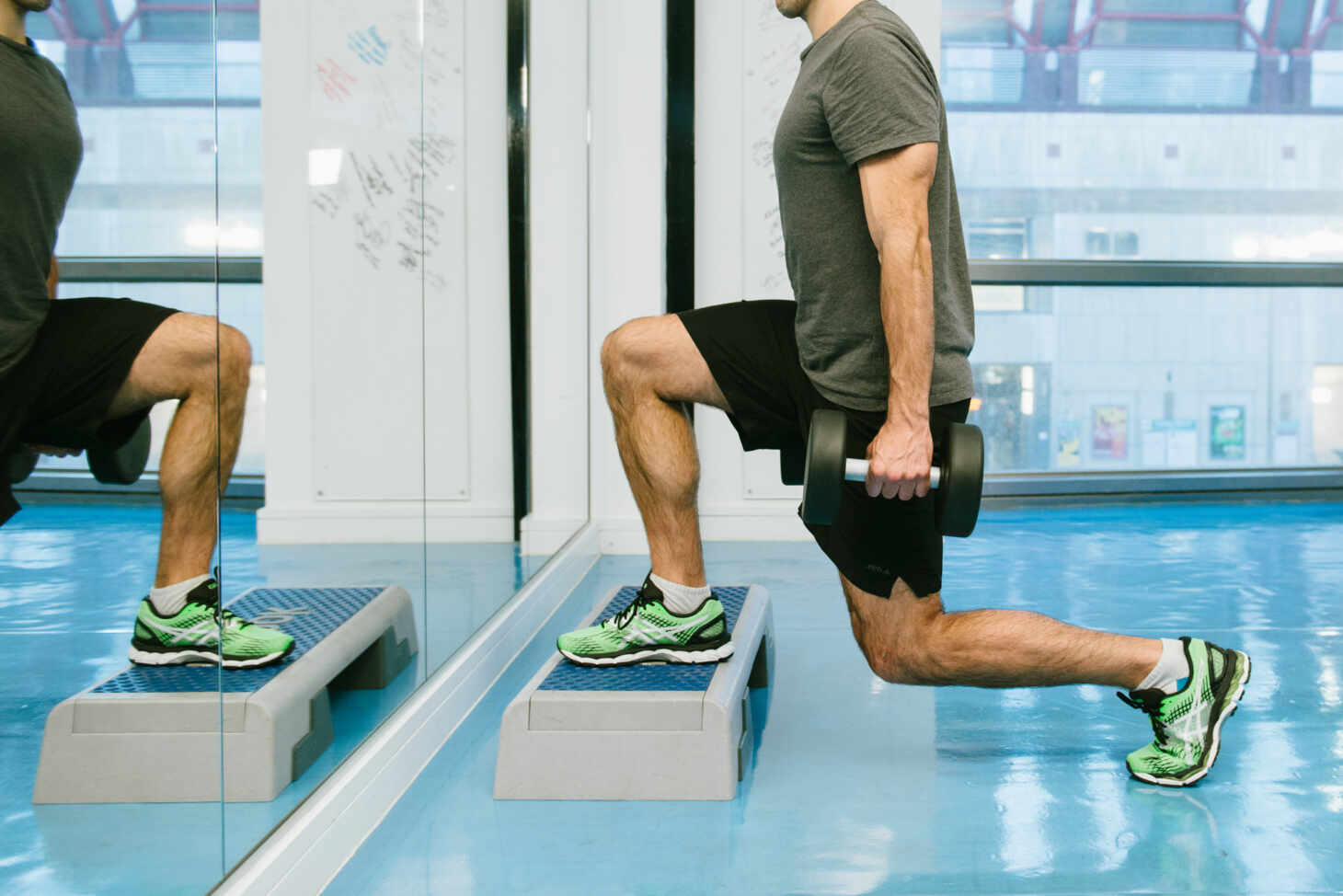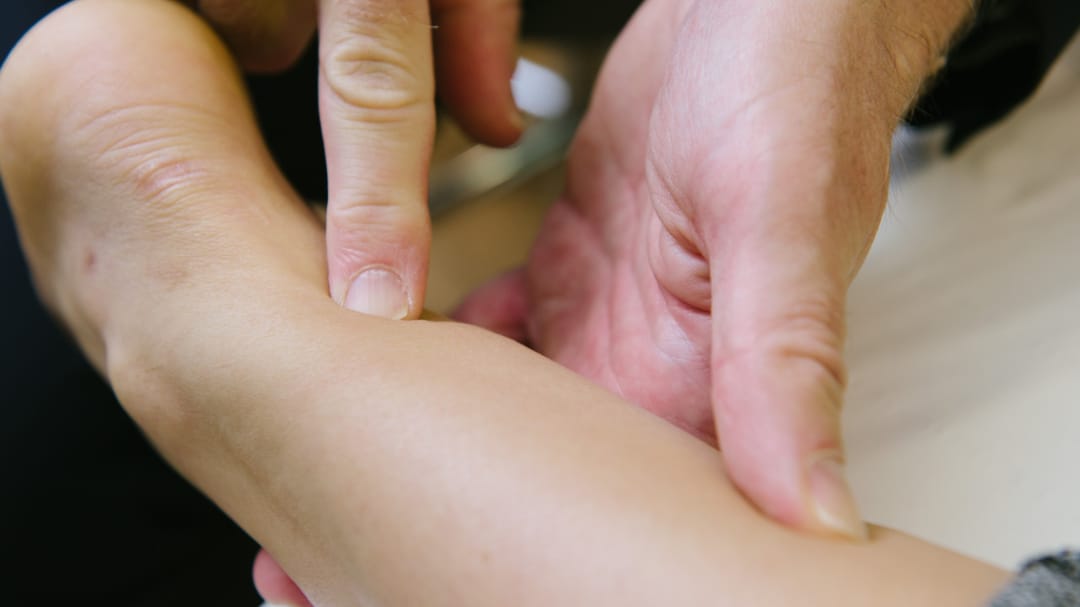What is ‘Shoe Drop’ and Why is it Important?

Ian Griffiths
Podiatrist
- 21 March, 2018
- Running
- 3 min read
What is 'Shoe Drop' and Why is it Important?

What is shoe drop?
The ‘drop’ of a running shoe is essentially the difference between the height/thickness of the midsole under the heel compared to the same measure under the ball of the foot. It is best visualised as how much of a heel the shoe has, so in the same way a pair of high heels could be referred to as being “your 6-inch heels”, all of your running shoes could be thought of similarly, although the measure will usually be in millimetres.
Historically, most road running shoes would be manufactured with a 10mm drop, but present day, you will find running footwear can range from ‘zero drop’ (where the shoe has no heel differential at all) up to 12mm. It is worth noting that the drop refers only to the difference in thickness between the front and back of the shoe, and is not a narrative on the magnitude of the thickness — do not assume that if a shoe has a very thick and very cushioned midsole that it will have a high drop. Most manufacturers will now provide the information on what the drop of each of their shoes is, either marked up on the shoe itself somewhere or easily available with a brief internet search.
So is the drop important?
There is no such thing as the perfect or ideal drop, and we advise viewing any such claims with cautious scepticism. Given the significant variation exhibited across the human population, no such blanket approaches apply here, sadly (despite how enticingly simple that would be). This has been studied in depth by a team of scientists in Luxembourg who have looked at the potential relationship between shoe drop and injury prevention/risk, and also running biomechanics/performance. Their findings, published in the British Journal of Sports Medicine and the American Journal of Sports Medicine, made it clear — there is no magic formula.
So what drop should I use?
What we do know is that human tissues can be sensitive to sudden changes in the way they are loaded, and that it is biologically coherent (and in keeping with the laws of physics) that differing shoe drops may load certain tissues differently. As such, if you are currently uninjured there is no justification for changing the drop of your shoe, but should you want to then be mindful of allowing the body time to adapt to such changes (although many runners may be able to interchange between shoes of different drops we would usually advise being over cautious if this is not something you have done before). In the context of current pain/injury then it could be that a certain drop may be beneficial in reducing sensitivity and complementing your overall management strategy (e.g. you may find a higher drop shoe is sensible if you have an irritable achilles tendon, whereas a lower drop shoe is a better choice if you have a posterior ankle impingement).
In summary:
If you are pain free and running well, it may be useful to keep track of what sort of drop you have run in historically, and consider this when purchasing new shoes. Changing the drop of your shoes (or using multiple shoes which have varying drops in a rotation system) is not to be discouraged or feared, but be sure your body’s tissues can tolerate this, and are given the necessary time to adapt and attain the capacity if needed. With respect to the ideal or perfect drop, it does not exist on a population level and is instead better thought of as being an individual and contextual consideration. Investing in shoes with a rubber sole for shock absorption and a shoe designed for long distances can best suit your feet.
When it comes to running, knowing your body can make a massive difference. A natural feeling can help you perform better, be more efficient in your training and, possibly most importantly, increase your chances of staying injury free. How you run and how your body responds is often very individual, so our team of expert podiatrists are on hand to help you understand your body, play to its strengths and build upon any weaknesses. If you would like to find out more or speak to a member of the team, please click here.

Advice
Over the last 20+ years our experts have helped more than 100,000 patients, but we don’t stop there. We also like to share our knowledge and insight to help people lead healthier lives, and here you will find our extensive library of advice on a variety of topics to help you do the same.
OUR ADVICE HUBS See all Advice Hubs

